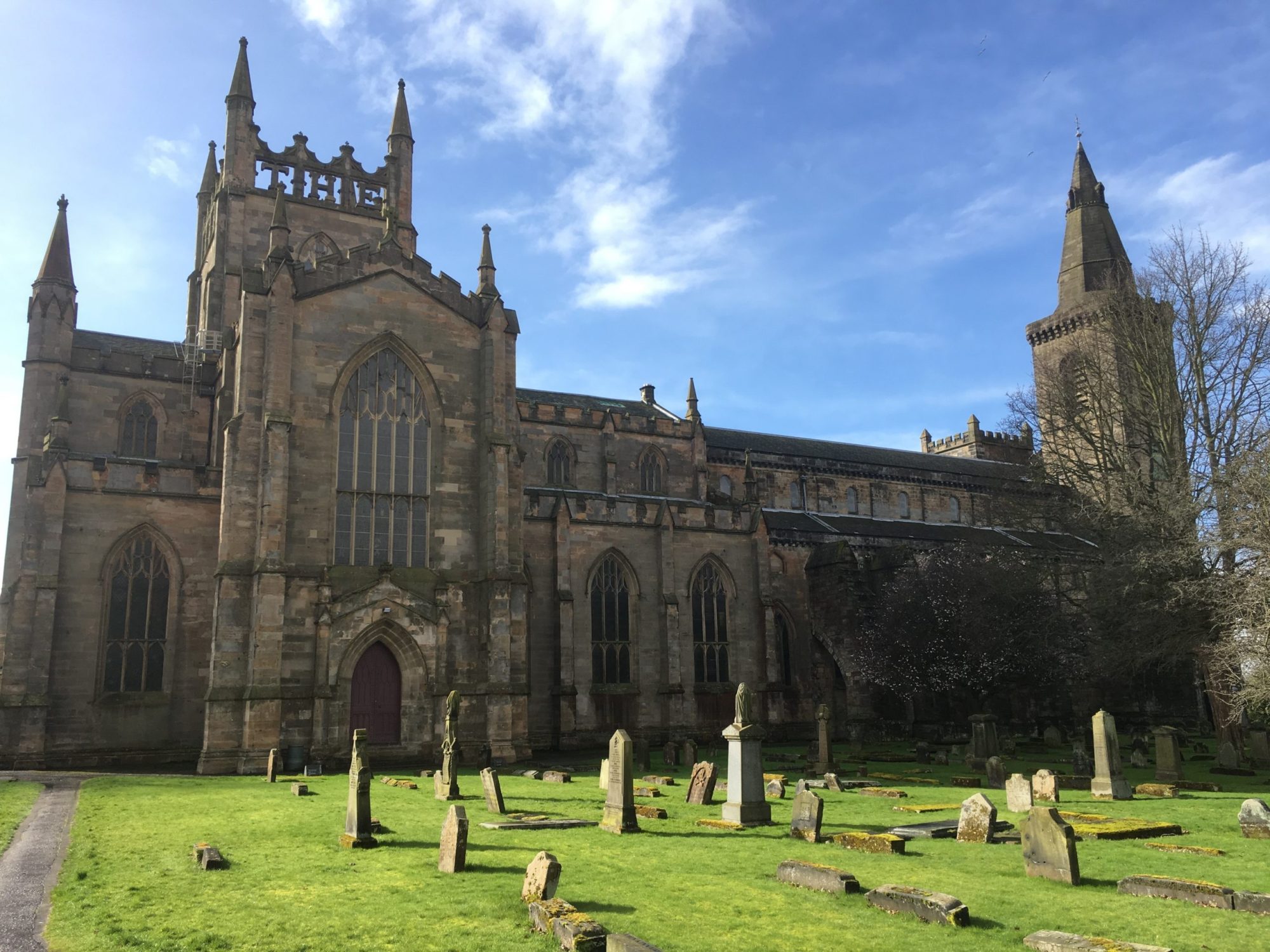Dunfermline Abbey: A Must-Visit Destination for History Enthusiasts

Dunfermline Abbey, or Abbot House, as it is also known, is a fascinating historical site located in Dunfermline, Scotland. Steeped in rich history and architectural beauty, this abbey holds immense significance in Scottish history and is a must-visit destination for history enthusiasts.
History of Dunfermline Abbey
The history of Dunfermline Abbey dates back to the 11th century when it was founded as a Benedictine abbey by Queen Margaret, wife of King Malcolm III. Queen Margaret’s deep devotion to the abbey and her efforts to establish it as a centre of religious and cultural significance played a pivotal role in shaping its early history.
Over the centuries, Dunfermline Abbey witnessed numerous historical events, including the burial of several Scottish monarchs. Notably, King Robert the Bruce, one of Scotland’s most revered heroes, was buried within the hallowed grounds of this abbey. The abbey also served as a royal residence and was a site of pilgrimage during the medieval period.
Architecture and Design of Dunfermline Abbey
The architecture and design of Dunfermline Abbey are a testament to the remarkable craftsmanship of the medieval era. The abbey features a combination of Romanesque and Gothic architectural styles, showcasing intricate details and stunning craftsmanship.
One of the most striking features of the abbey is its grand nave, which is adorned with majestic pillars and arches. The stained glass windows that line the walls of the abbey create a mesmerising play of light and colour, adding to its ethereal beauty. The ornate stone carvings and sculptures that decorate the abbey’s interior and exterior are a true marvel to behold.
Significant Events and People Associated with Dunfermline Abbey
Dunfermline Abbey has witnessed several significant events and has been associated with notable figures throughout history. One such event is the birth of King Charles I within the abbey’s walls. This event holds immense historical importance, as King Charles I became one of the key figures in the English Civil War.
Additionally, Dunfermline Abbey is closely linked to the life of King Malcolm Canmore and his wife, Queen Margaret. Their devotion to the abbey and their efforts to promote education and culture left an indelible mark on the site’s history.
Restoration and Preservation Efforts at Dunfermline Abbey
In recent years, extensive restoration and preservation efforts have been undertaken to ensure Dunfermline Abbey’s longevity and to maintain its historical significance. These efforts have involved meticulous research, architectural expertise, and a deep commitment to preserving the abbey’s unique heritage.
Through these restoration projects, the abbey has been able to reclaim its former glory and provide visitors with an authentic glimpse into the past. The preservation of the abbey’s intricate stonework, stained glass windows, and historical artefacts ensures that future generations can appreciate and learn from its rich history.
Why Dunfermline Abbey is a Must-Visit Destination for History Enthusiasts
Dunfermline Abbey stands as a remarkable testament to Scotland’s medieval heritage and holds immense historical and cultural significance. From its founding by Queen Margaret to its association with Scottish monarchs and notable figures, the abbey’s history is woven deeply into the fabric of Scottish identity.
Visiting Dunfermline Abbey allows history enthusiasts to immerse themselves in a bygone era and witness the architectural grandeur and religious devotion of the past. The restoration and preservation efforts ensure that the abbey continues to inspire and educate visitors, making it a must-visit destination for those with a passion for history.
